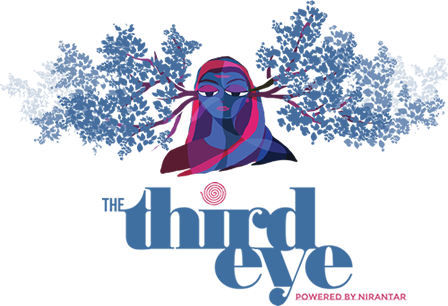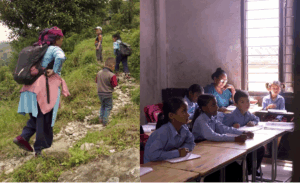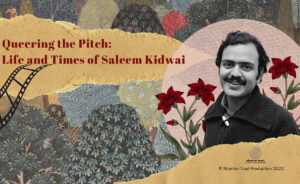Kolkata, the city, has been shaped by its location, the wars that have been fought via its ports, the waves of migration from across the borders, and, of course, the ubiquitous British presence and its shape-shifting morality especially regarding sexuality and sex work.
In this film, Prof. Paromita Chakravarti of Jadavpur University explores how Kolkata was also inherently shaped by sex work: the way the city spread, the tightening of gender roles, and the solidification of class dynamics. The film looks at the current understanding of a pandemic as an echo from the past, when the British passed the Contagious Diseases Act of the 1860s, which gave the state the power to regulate “common prostitutes”, in order to reduce the prevalence of sexually transmitted diseases within the British Army and Navy.
Creating a visual experience of Kolkata being built through the eyes of sex workers and the practice of sex work, the film combines archival material with impressionistic recreations to tell the tale of one of the oldest cities through one of the oldest professions.
This film won in the English Feature Video category at Laadli Media Awards for Gender Sensitivity 2023 and the Web Feature category at South Asia Laadli Media Awards 2023.
SCRIPT and SUBJECT EXPERTISE
Dr. Paromita Chakravarti
Dipta Bhog
PRODUCER
Shabani Hassanwalia
CREATIVE PRODUCER and DIRECTOR OF PHOTOGRAPHY
Debalina
EDITOR
Amit Mahanti
Produced by The Third Eye, Nirantar Trust
-
The Third Eye is being written and developed by a team of educators, documentary filmmakers, storytellers; people with extensive experience of gathering narratives, oral histories and developing contextual pedagogies for the rural and the marginalised.




